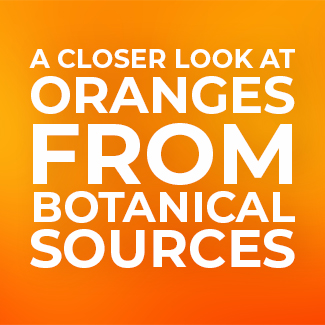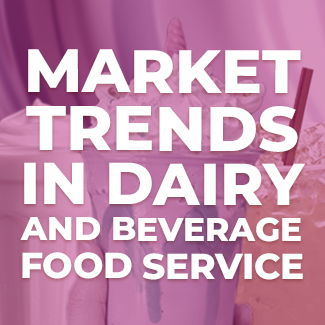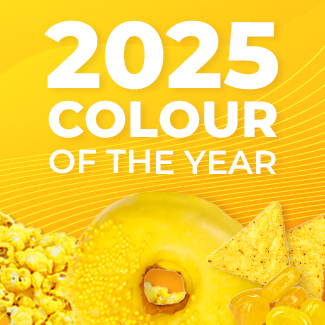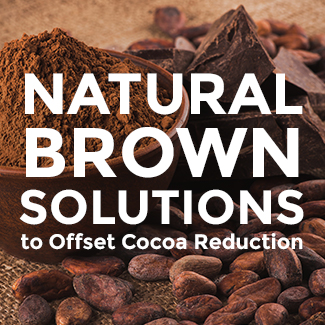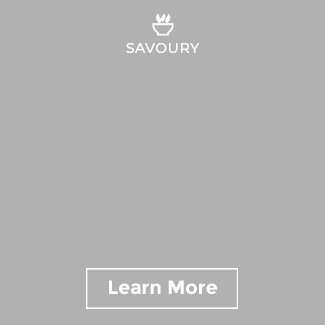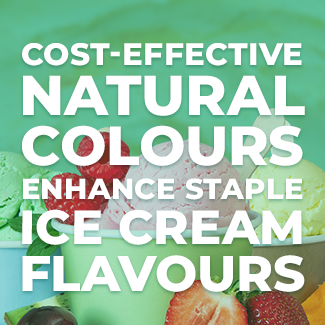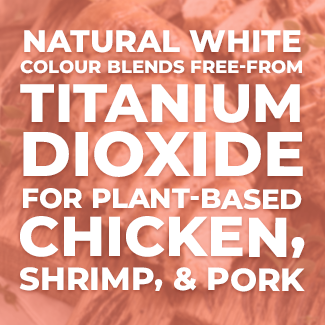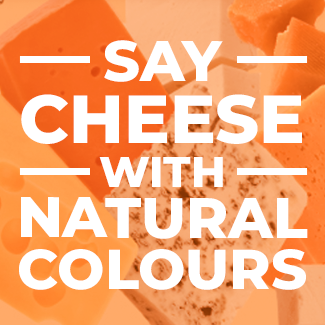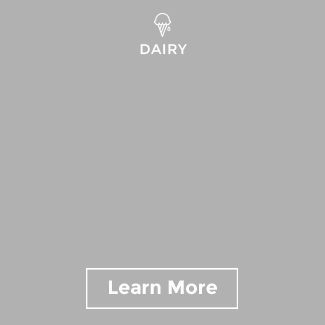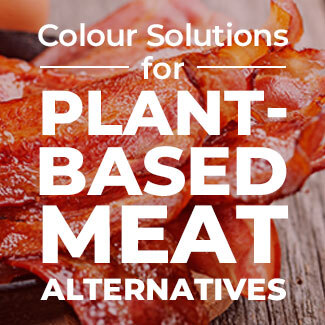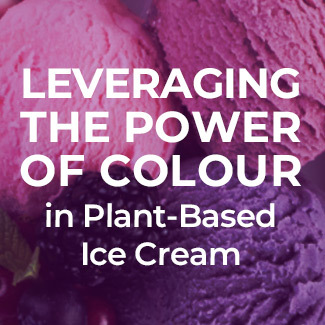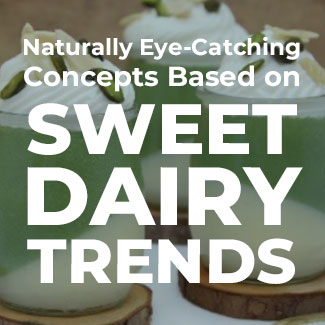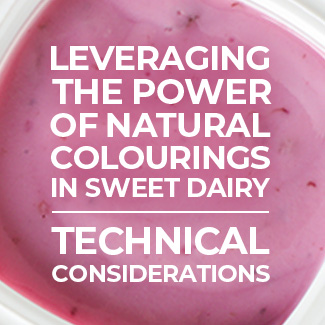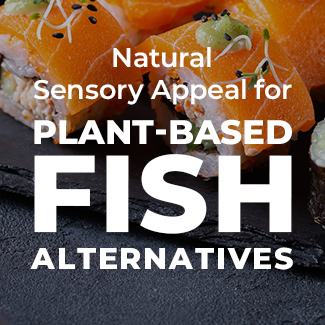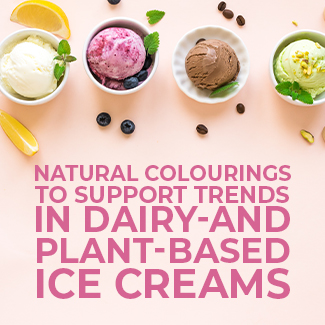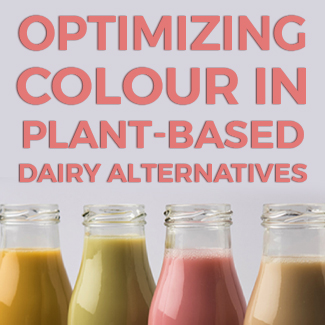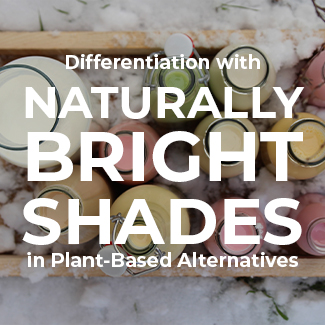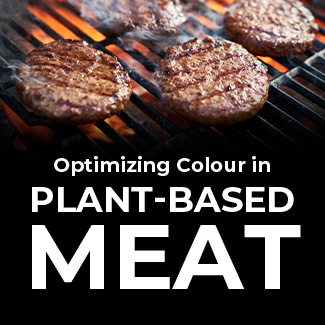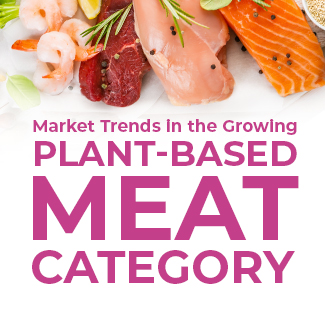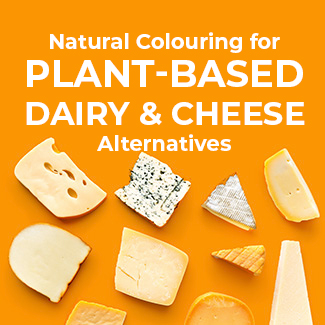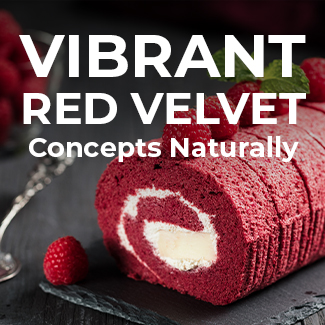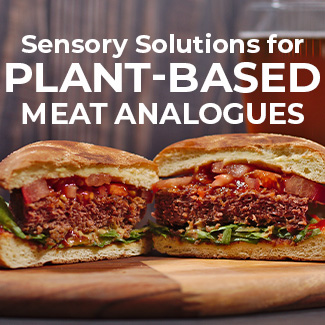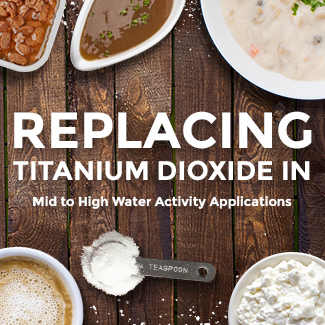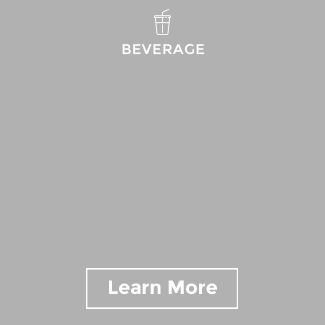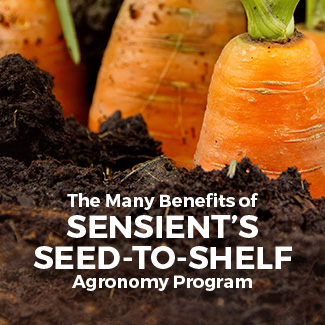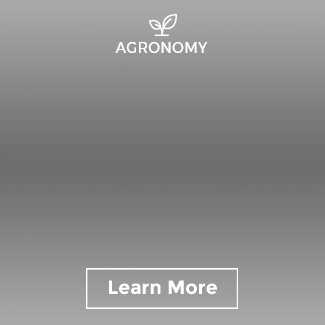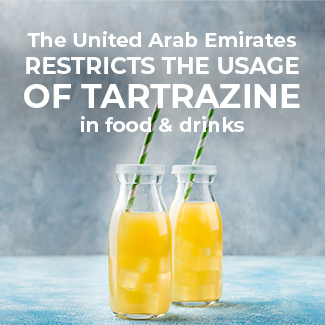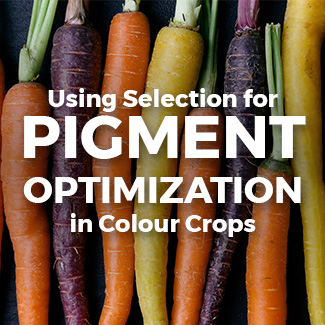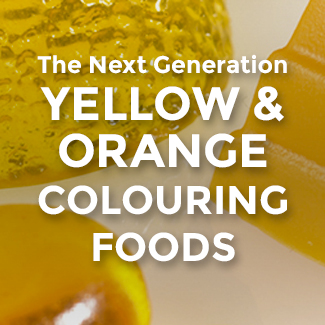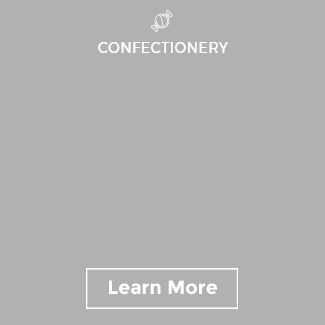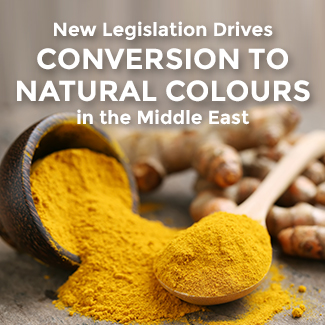Developing Visually Appealing Vegan “Cheese” for a Variety of Consumers
The growing market opportunity for cheese alternatives
Driven by changing consumer preferences and rising interest in plant-based alternatives, Allied Market Research estimated the global vegan cheese market to register a 15.5% annual growth between 2021 and 2027, reaching $4,425.6 million by 2027. Consumers worldwide show a growing interest in plant-based cheese, with many Europeans expecting to eat more of it in the near future:
22-34% OF CONSUMERS ANTICIPATE EATING MORE PLANT-BASED CHEESE IN THE NEXT 12 MONTHS.
(Mintel, 2020)
Consumers’ motivation to make more environmentally friendly food choices is boosting the popularity of vegan alternatives. According to Mintel, 56-66% of consumers in Europe already reported using dairy alternatives due to sustainability reasons (2022).
As more and more consumers prioritize health, wellness, and social issues, there is growing mindfulness around shopping decisions. Food and beverage choices are often aligned with certain lifestyles, diets, or values (Nielsen, 2021). As part of the wellness trend and consumers looking to establish well-being in different areas of life, the reduction of animal-based food consumption is more and more common in Europe. According to recent research by Smart Protein, 37% of Europeans claimed to be flexitarian, vegetarian, or vegan, indicating that reduced consumption of animal-based foods – and even cutting these products out of one’s diet – is the new normal in Europe (2021). Plant-based brands have a strong opportunity for growth by targeting not only vegan consumers but those trying to improve their health, add variety to their diets or choose to reduce eating animal products for ethical reasons.
Developing appealing vegan cheese alternatives for a variety of consumers
What makes plant-based cheese products appealing to a wide range of consumers, from vegans to curious flexitarians? It probably does not come as a big surprise that the majority of European consumers think taste is the most important (Mintel, 2021). The variety of cheese analogues is continuously growing, in most cases aiming to mimic (in flavour and look) their dairy equivalent. Achieving “the right” look plays a key role in signaling the type of cheese and flavour, catching consumers’ attention, and meeting their visual expectations. Plant-based cheese alternatives first need to engage consumers visually with an appetizing look before they can be evaluated on their flavour. If you are interested in learning more about the quantifiable value of colour in food and beverages, watch one of our webinars on this topic.

When it comes to finding the best colouring solution to create eye-catching looks, consumers’ strong interest in naturalness is something to keep in mind. According to Mintel, 38-50% of European consumers find “all-natural ingredients” important when buying dairy alternatives. Formulating with colouring foods and natural colours can help developers to achieve the desired look while meeting the growing desire for simple and “recognizable” ingredients. For more details on technical considerations when it comes to using colourings, take a look at our last blog on plant-based dairy and cheese alternatives.
To discover how colouring foods and natural colours bring life to a variety of cheese, from Gouda to melted pizza cheese analogue, click on the link below to watch our recent webinar:
Click here to view our webinar.
Accelerate your product development by consulting with one of our colour experts to find the best solutions based on your needs. Do you have a concrete shade in mind? Don’t hesitate to request a sample here.





